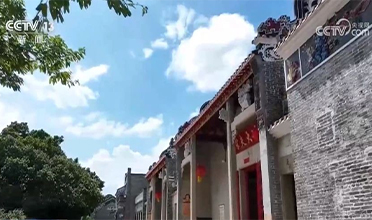


Recently, information from the Ministry of Housing and Urban-Rural Development revealed a significant increase in the number of cultural heritage conservation objects in China's urban and rural areas. To date, the country boasts 142 national historical and cultural cities, 312 historical and cultural towns, 487 historical and cultural villages, 8,155 traditional villages, 1,274 historical and cultural districts, and 67,200 historical buildings.
The scope of protected objects continues to diversify, with 92 historical and cultural districts featuring red culture, 85 districts highlighting industrial heritage, 81 districts with ethnic characteristics, and 68 districts representing regional cultures, among many others that carry significant historical memories, being incorporated into the conservation system
1. Promoting conservation through utilization, Foshan's new approach to historical building protection
In Foshan, a renowned national historical and cultural city, a new local regulation has recently been implemented, exploring innovative ways to invigorate historical buildings through legislative means.
Starting from June 1st, the 'Detailed Implementation Rules for the Protection of Historical and Cultural Blocks and Historical Buildings in Foshan' officially took effect. Compared with regulations in other cities regarding the protection of historical and cultural districts and buildings, Foshan's regulation, while emphasizing conservation, explicitly proposes to explore multifunctional uses of historical buildings under the premise of preserving their value and ensuring safety. This signifies that, with clear legal support, there is now encouragement for utilizing historical buildings in a wider range of contexts, promoting the establishment of museums, memorials, community libraries, folk cultural experience centers, while building inside these structures. It also advocates for their use in intangible cultural heritage preservation, the inheritance of Lingnan folk crafts, operations of time-honored Chinese brands, and the introduction of cultural creativity, B&B inns, and other commercial activities that are in harmony with their cultural characteristics."
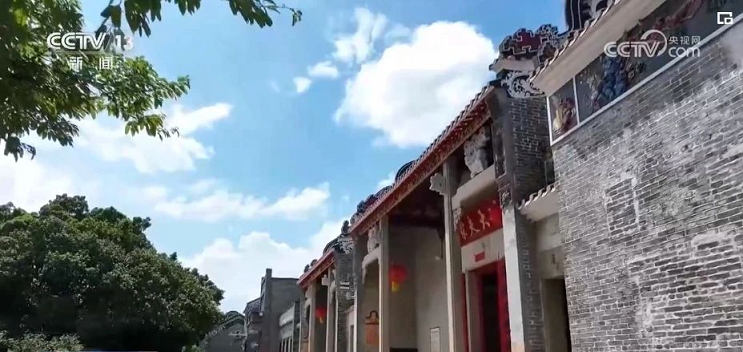
Zeng Yangchun, the Director General of the Foshan Municipal Housing and Urban-Rural Construction Bureau, stated: The 'Detailed Rules' clearly encourage the adaptive reuse of historical buildings for multiple functions under the precondition of safeguarding their value elements and ensuring structural safety. We will pay greater attention to harnessing the power of civil society, working in concert with the government, to achieve a harmonious integration of historical building conservation and utilization.
Can old houses be repurposed and renovated? The answer is yes, but the 'Detailed Rules' also stipulate that the multifunctional use of historical buildings can be facilitated through renovation or reinforcement projects aimed at enhancing usability, with changes to the use of the buildings made in accordance with the law. However, such alterations must not adversely impact the preservation of the historical buildings.
2. Free utilization breathes new life into historical buildings
During research and interviews in Foshan, journalists discovered that prior to the issuance of the ‘Detailed Rules’, the city had already initiated practices of multifunctional usage for historical buildings. What effects has this approach had on the preservation of these buildings?
In pursuit of the formula for successfully balancing the protection and utilization of historical buildings, journalists visited He Qiusu Memorial Hall in Bijiang Community, Shunde District, Foshan. This ancient ancestral hall, originally constructed in the Ming Dynasty and later renovated in the Qing Dynasty, now houses a teahouse operated by Huang Yongwei from Jiangxi province. Remarkably, he was not charged any rental fees for the premises; he is able to use the historical building for free.
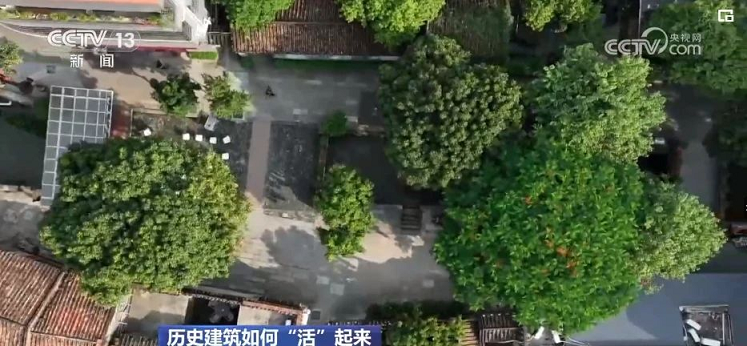
It turns out that in Bijiang Community, there are numerous historical buildings like the He Qiusu Memorial Hall, which date back to the Ming and Qing dynasties. In seeking to preserve these treasures, the local community faces a common challenge: while repairs might be straightforward, but ongoing maintenance proves difficult, particularly for these old wooden structures. When left unoccupied over extended periods, they become more susceptible to pest infestations and deterioration, with even brief neglect leading to decay.
In response, Bijiang Community devised a strategy: offering free usage of these buildings as a means to engage public participation in their collective conservation efforts. The idea is to first attract people using these old structures, and subsequently ensure their management, thereby revitalizing the historical buildings and breaking the vicious cycle of 'repair—vacancy—re-repair—further vacancy' that had plagued them before.
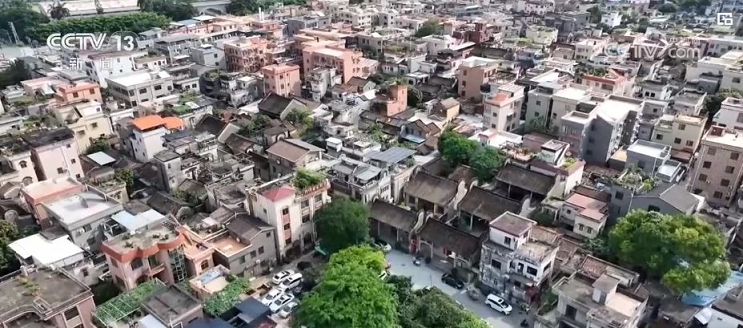
In light of this, Bijiang Community enters into site usage agreements with the incoming entrepreneurs, outlining the responsibilities and obligations of both parties, with particular emphasis on explicit requirements for the conservation of the historical buildings. This includes the user's responsibility to conduct daily maintenance and repairs, and ensure structural safety. Thus, while enjoying free use of the space, the users also undertake an important duty to protect it.
As the interview concluded in the evening, Huang Yongwei meticulously checked every corner with a flashlight before leaving, a routine he had adopted since opening the teahouse half a year ago. He made it a point to daily monitor the condition of the building meticulously. Under his care, the historical building has retained its excellent state. It's not just this single Memorial Hall; among the 18 provincial and municipal level cultural relics protection units and 5 historical buildings in Bijiang Community, each has now found a dedicated caretaker.
3. Preservation: balancing the 'modern' with the history
In Foshan, there are numerous old houses and other ancient structures that are not officially designated as historical buildings and therefore not within the scope of statutory protection, but still hold considerable historical and cultural value. How should such buildings be conserved? More specifically, what measures should be taken when they come into conflict with urban development and planning demands?
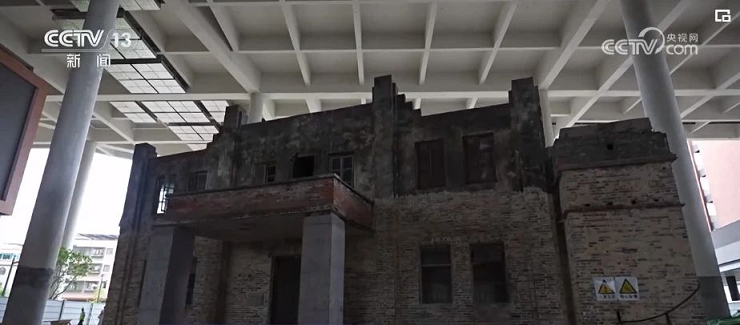
Tancun granary, located in Tanzhou Village, Chencun Town, Shunde District, Foshan City, was initially constructed during the Qing Dynasty and stands as Shunde's first and only surviving ancestral hall granary. However, just a few years ago, it narrowly escaped demolition due to the construction of a school.
Previously, the identification and conservation of ancient structures like Tancun granary progressed slowly due to fragmented authority. The granary might have been demolished without hesitation, while building a school. But concurrently with discussions on the school construction plan, a specialized division for the protection of historical and cultural cities was established by the Foshan Municipal Housing and Urban-Rural Construction Bureau.
Following an evaluation assessment, the Tancun granary was recognized as having preservation value, promptly initiating the process of pre-protection for historical buildings. This led to a conflict between the granary's conservation and the school's construction. How was this resolved? The local authorities revised the school expansion plan, ultimately deciding to elevate the playground, originally planned for the granary's location, by 30 meters.
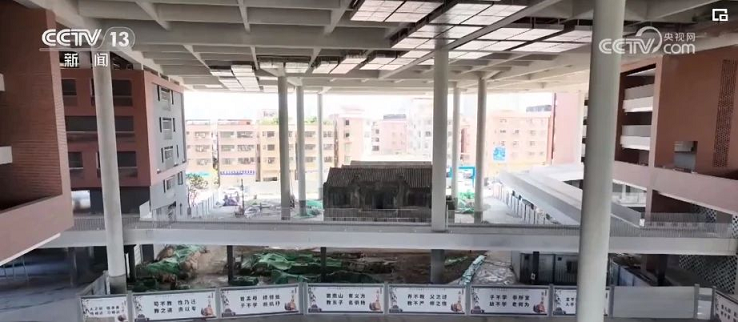
Although elevating the playground incurs a substantial increase in construction costs, the Tancun granary is now preserved intact. Upon completion of the project, it stands proudly in front of the school's teaching buildings, serving as a reading room open to teachers and students, thereby promoting historical and cultural education. It's not just the Tancun granary; with the advancement of Foshan's survey and assessment of historical and cultural resources, more ancient structures akin to the Tancun granary are being included in the conservation scope.
Cai Donglun, Deputy Secretary-General of the Foshan Municipal Government, commented: "Two batches totaling 116 historical buildings have been announced. Responsibility holders for 31 famous towns, villages, and districts, 33 traditional villages, and 218 historical buildings across the city have been publicized, further clarifying and reinforcing relevant primary responsibilities. Moving forward, we will continue to refine the system for the protection of historical and cultural heritage, including establishing systems for emergency protection."
4. Actively exploring effective conservation to revitalize historical buildings
Historical buildings embody the developmental trajectory and cultural essence of a city. Effectively protecting and perpetuating them, integrating 'old buildings' into modern life, poses a challenge to urban administrators. It is hoped that through active exploration, practical and effective measures can be identified to truly invigorate historical buildings.
Source:<https://mp.weixin.qq.com/s/xkJagK9ZuBB715GcQ-w0dA>
Translated by Zhang Chenxi